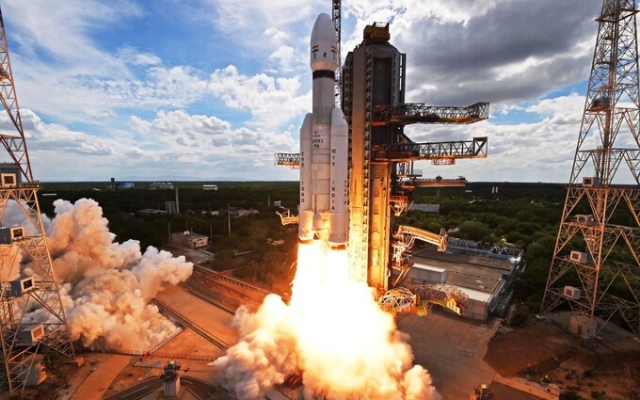 Launched on July 14, Chandrayaan 3 will make India only the fourth country in the world to land an object on the moon. , just days after the country launched a rocket into space.
Launched on July 14, Chandrayaan 3 will make India only the fourth country in the world to land an object on the moon. , just days after the country launched a rocket into space.
The Foreign, Commonwealth and Development Department (FCDO), which distributes aid, sent India £33.4 million in cash in 2022/23.
But the FCDO's annual report released this week shows the total should rise to £57 million in 2024/25.
This amount will be supplemented by an as yet unknown amount from the business department, which typically provides over £10m.
The report also says the ministry is funding the UK's controversial China Center at £340,000 a year.
Funding for the center, which is accused of having close ties to the Chinese Communist Party, is set to rise to £350,000 next year.
Details of the massive amount spent on India's aid come days after the country launched a spacecraft to the far side of the moon.
Chandrayan 3 would make India only the fourth country in the world to land an object on the moon's surface.
Critics say it's wrong that the UK is increasing its aid budget for the country when it's rich enough to afford its own space program.
«Foreign Aid Catastrophe»< p>John O'Connell, executive director of the Taxpayers Alliance, said: «The foreign aid disaster has been allowed to go on for far too long.»
«Ar misguided spending targets have resulted in untold millions being sent overseas to fund fictitious projects in larger economies than ours.
«To create a fairer deal for the taxpayers, ministers must drop the target and provide aid when it's really needed.»
p>
Huge growth comes as the UK and India try to strike a trade deal. Kemi Badenoch, the business secretary, was warned not to give too much away to the country in its quest to make a deal.
In 2012, Pranab Mukherjee, then India's finance minister, drew ire by calling British humanitarian money «peanuts».
That same year, the British government promised to cut off bilateral aid to India by 2016 as part of a cut to finance middle-income countries .
But despite ministers giving the impression that the country would no longer receive money, millions continued to flow into the country in the form of technical assistance, research grants and investment through the government's British International Investment (BII).
«Aid impact score is the second-highest available»
Last year, the Independent Aid Impact Panel awarded Britain's aid program to India an amber red score, the second worst possible score.
The £2.3bn spent on aid between 2016 and 2021 consists of £441m in bilateral aid, £1bn of investment through BII, £129m in FCDO investment and £749m through multilateral channels such as the World Bank.
The report highlights one of the challenges of BII. an investment in a mid-sized Indian bank, which he cannot name.
The investment authority allocated £160 million to the bank between 2014 and 2020 to support microfinance lending, i.e. lending to poor clients.
However, BII investments were not limited to microfinance, but instead were used to finance the expansion of the entire business of the bank.
By March 2022, the share of microfinance Credit cards accounted for just 9.8 percent of loans, while credit cards accounted for 36 percent of loans.
“This is an example of an investment with no convincing link to poverty reduction,” the report says.
The Foreign Office has been contacted for comment.





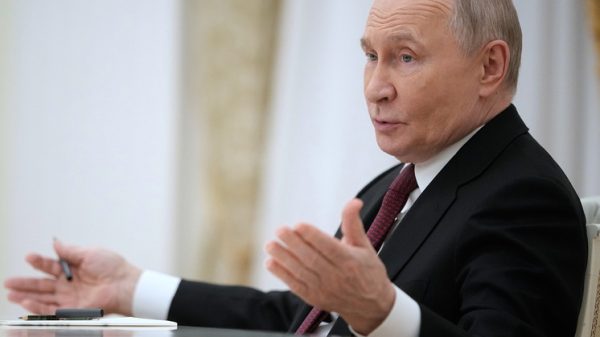






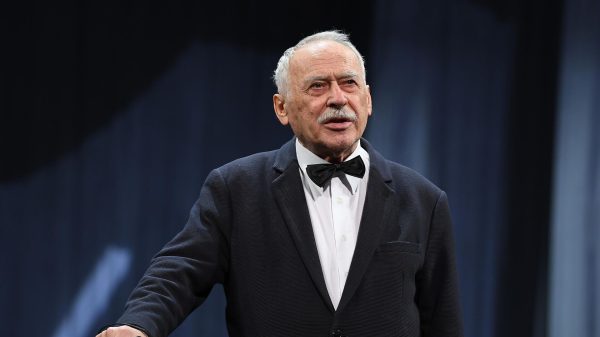





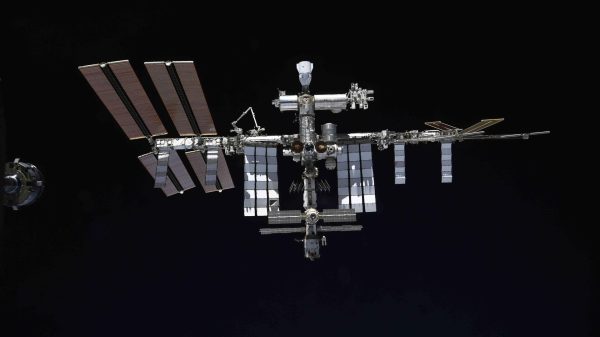










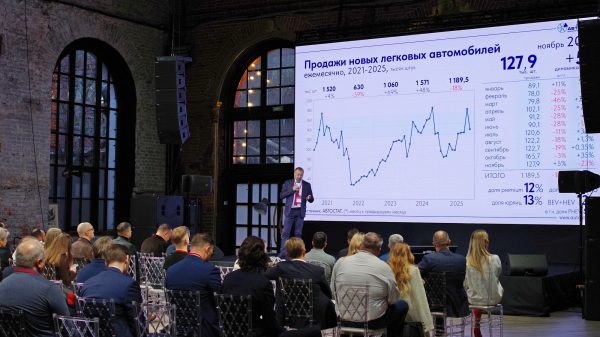























Свежие комментарии